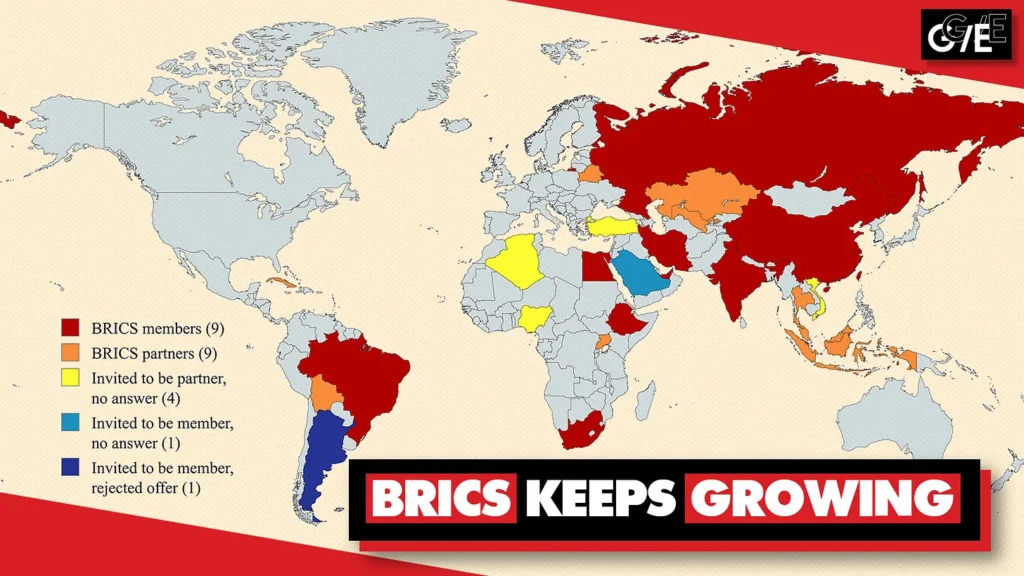In a significant move to bolster European defense readiness, Lockheed Martin has expanded its capabilities in Brussels with the development of a Digital Engagement Center designed to simulate mission-specific military scenarios. This facility enables European defense stakeholders, including military officials, policymakers, and industry partners, to visualize and analyze how various networked systems perform together in complex, real-world conditions. Known for its precision and flexibility, this simulation-based approach represents a shift from traditional platform-centric demonstrations to integrated, system-level assessments.
Through the use of “operational vignettes,” the center constructs detailed scenarios tailored to European needs, ranging from border surveillance to air and missile defense coordination. These vignettes enable decision-makers to evaluate not only the capabilities of individual systems but also their interoperability in dynamic and high-pressure environments. Participants can adjust the level of detail and technical depth depending on the audience, from high-level strategic presentations for defense ministers to in-depth technical evaluations for system integrators. This layered approach ensures that every stakeholder receives relevant and actionable insight.
The simulations go beyond theoretical analysis by factoring in environmental conditions, threats, timing, and resource constraints, offering a comprehensive view of how defense technologies would perform in actual combat or crisis scenarios. The focus is not on selling a particular product but on enabling informed decision-making regarding what combination of systems and strategies will deliver the best outcomes under different operational circumstances.
This initiative comes at a crucial time for Europe, as the continent faces increasing security challenges from both state and non-state actors. With tensions continuing in Eastern Europe and instability in the Middle East reverberating across NATO borders, the demand for more agile, interoperable, and resilient defense structures is growing. Lockheed Martin’s emphasis on simulation and readiness aligns with broader EU defense goals, particularly under initiatives like PESCO (Permanent Structured Cooperation) and the European Defence Fund, both of which emphasize collaboration and innovation.
By placing mission effectiveness and system integration at the forefront, Lockheed Martin’s Brussels center contributes not just to individual national security goals but to the collective defense posture of the European Union. As European militaries look toward modernization and greater strategic autonomy, facilities like this will play an increasingly pivotal role in shaping defense procurement, planning, and readiness across the region.



